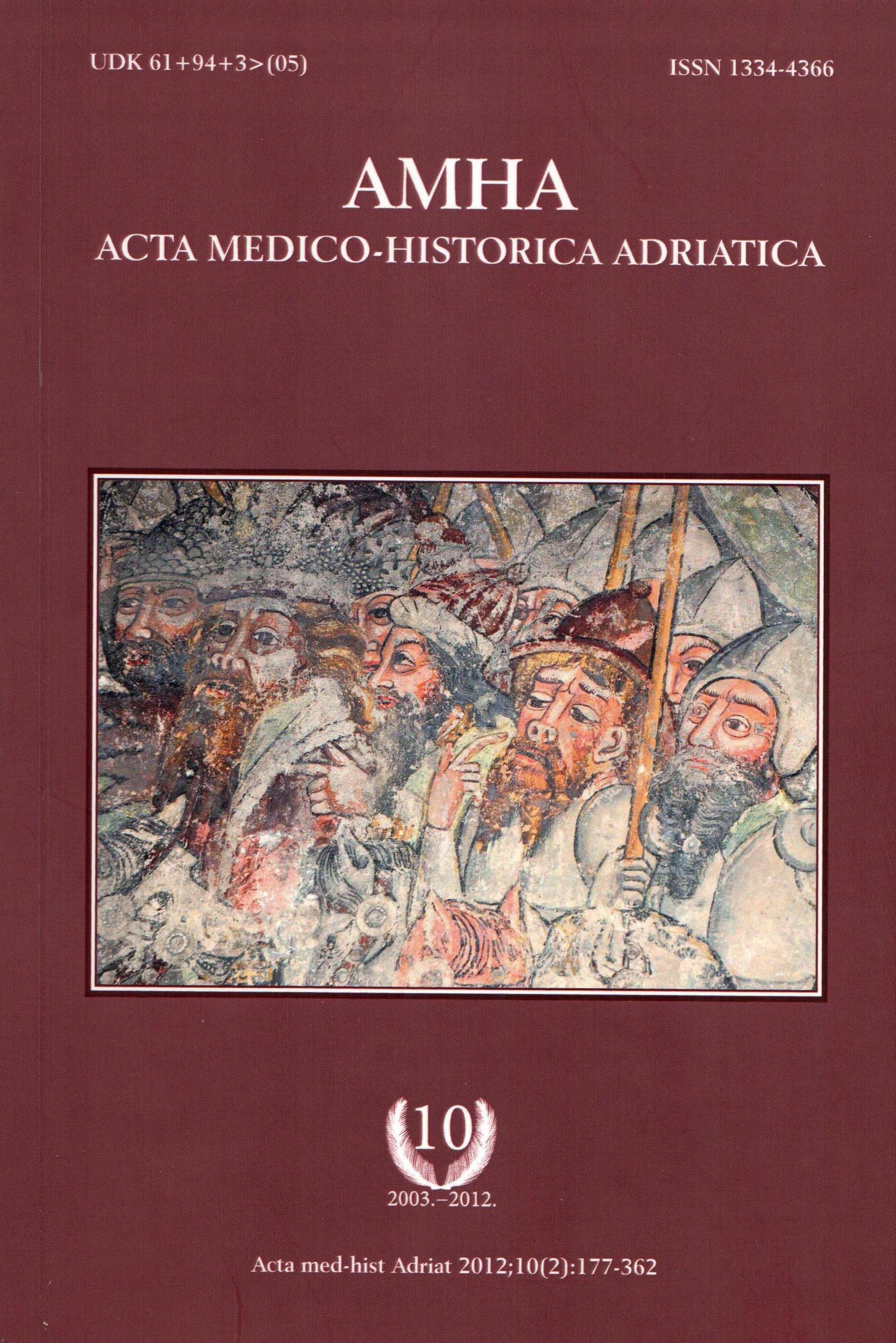QUESTIONI IGIENICO-SANITARIE RELATIVE ALLE SEPOLTURE URBANE A POLA TRA LA FINE DEL XVIII E LA PRIMA METÀ DEL XIX SECOLO
Keywords:
Burials, Cemeteries, Health care, Burial standards, Urban history, PulaAbstract
In Pula, like in the rest of Europe since the beginning of the Early Middle Ages, cemeteries were situated in major churches for almost an entire millennium, with many sanitaryhygienic consequences for the town, until the new cemetery moved outside the town walls. At the end of the eighteenth. century, the question of urban hygiene, especially issues related to urban burial, came into the spotlight of scientific thinking. Churches were recognised as a true threat when it came to the spread of diseases, and the only solution to this intolerable situation was to move cemeteries away from the city and separate the world of the living from the world of the dead. With medieval burial practices ad sanctos abandoned, the enlightened thought set the ground for new solutions for healthcare, urban, and social issues. The relocation of the cemetery outside the city walls in 1846, relieved Pula of the great hygienic burden, rightly considered a threat for public health.


